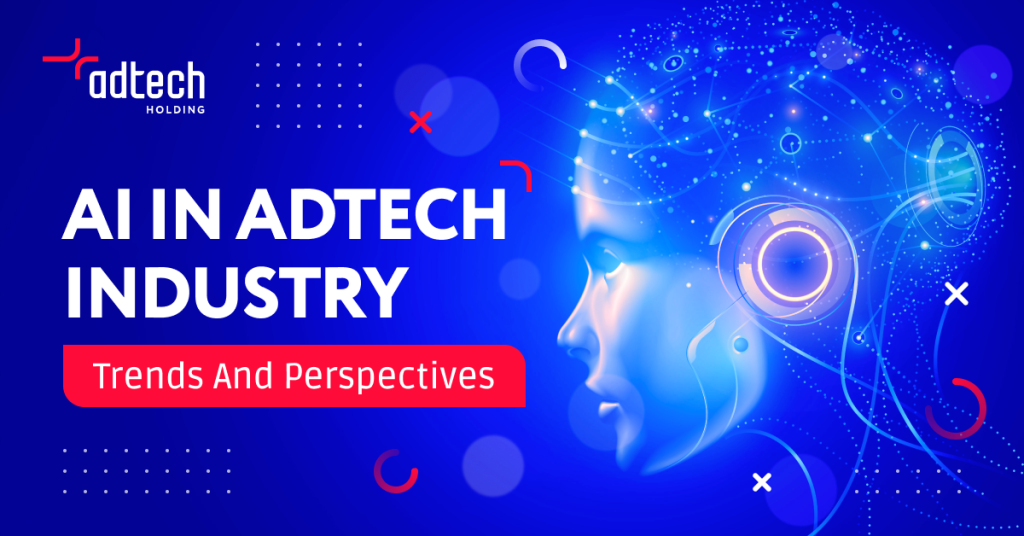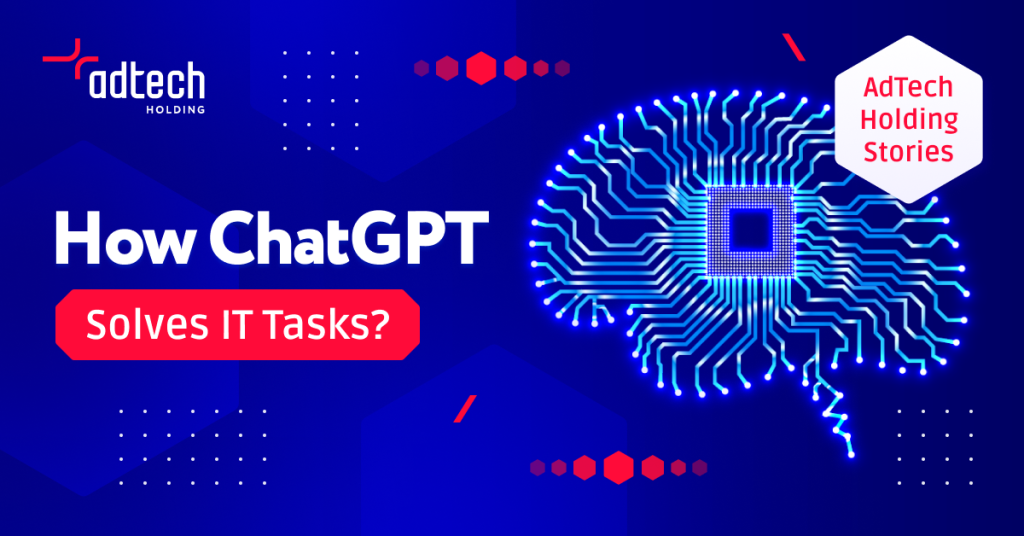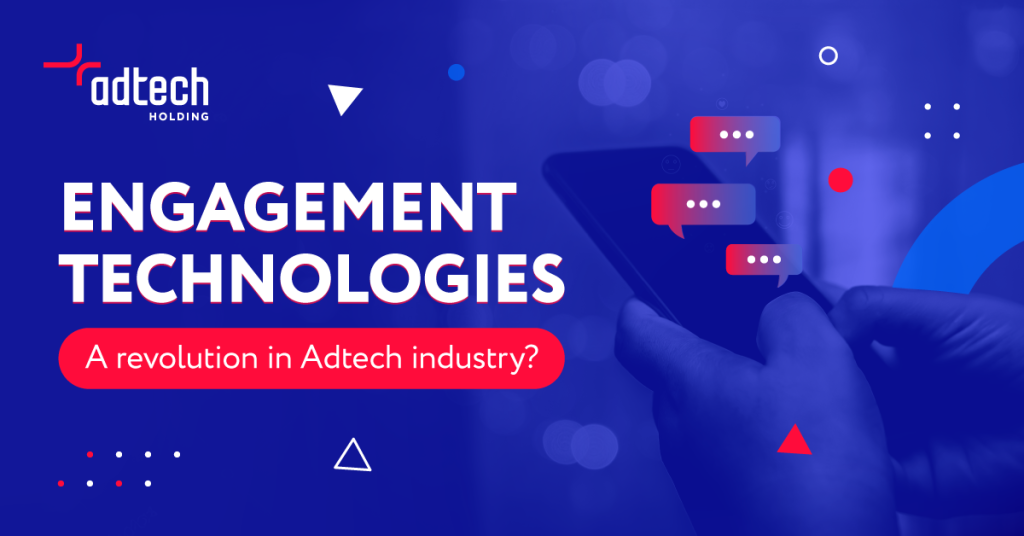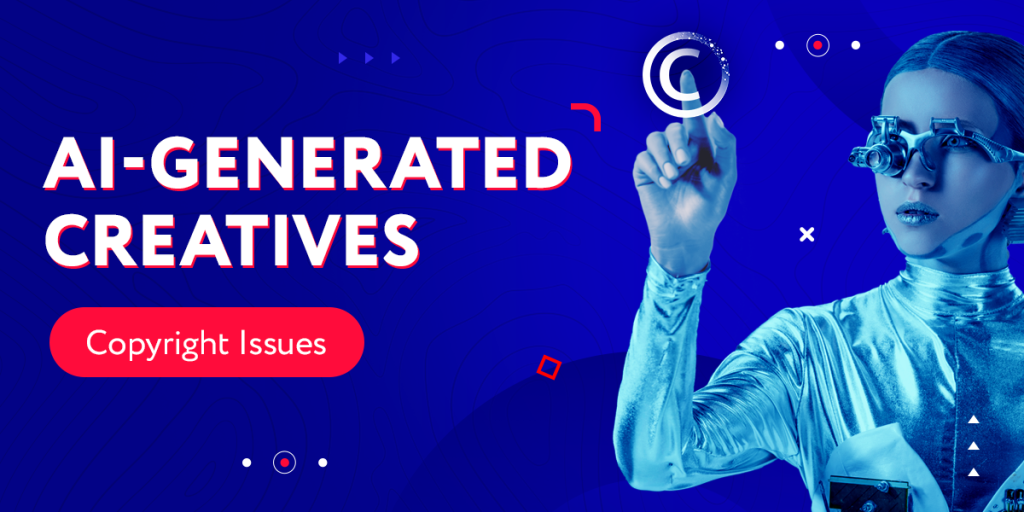Artificial Intelligence vs. Machine Learning: What is The Difference?
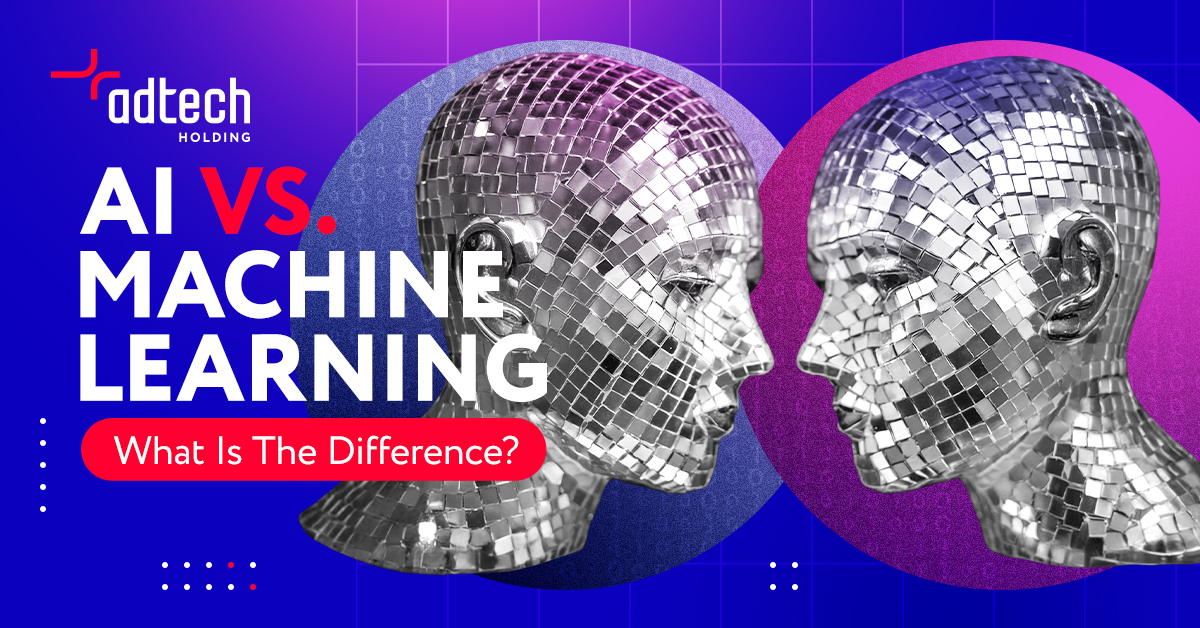
Artificial intelligence continues conquering the digital world. Nearly every novel technology is marketed with the proud label ‘AI-based.’ This became especially distinctive when LLMs – large language models like ChatGPT – began gaining traction.
However, does it mean that any technology that you can not straightforwardly mark as ‘made with AI’ is outdated? Of course not, because artificial intelligence is just one of many approaches that can be used for automating processes and boosting product quality – including the novel features in the AdTech niche.
For example, AdTech Holding projects mainly use machine learning to develop their features. Although machine learning is also considered a subset of AI, Holding’s approach implies separating these two concepts to be more precise and transparent to our partners and ensure accurate understanding and management of these distinct yet related technologies.
Overall, there is, of course, a common confusion about artificial intelligence and machine learning. Thus, we found this topic interesting enough to discuss it with Peter Garmashov, the Head of Business Owners at PropellerAds, and conduct our research to shed some light on both technologies.
Understanding the Basics of Artificial Intelligence and Machine Learning
‘Artificial intelligence is like a human, machine learning is like a calculator’.
Basically, machine learning is referred to as a branch of artificial intelligence, implying the latter to be a much broader concept. Here is how we can define both terms:
- Artificial Intelligence is a technology that creates systems capable of imitating human intelligence and performing various tasks that traditionally involve the human brain and effort. The concept is very broad and involves many branches and specific cases.
Recently, AI has become mainly associated with its particular instance: large language models (LLMs). These AI-based programs can imitate human speech, generate creative content, code, and perform other tasks set by text prompts.
What is particularly curious about LLMs in this article’s context is that they are based on machine learning.
- Machine learning is a technology that creates algorithms to teach a machine how to act based on particular data. It is a part of artificial intelligence, but it does not have to imitate human behavior or solve complex problems: it receives a particular task, based on certain parts of data – although this dataset can be enormous, of course.
Peter: AI, in its modern perception, is very similar to humans, and, just like normal people, it can make mistakes. With machine learning, you have very strict particular formulas that make it easy to explain why the system made one or another decision. Of course, these formulas can be enormous and complicated, but they are still precise and always work the same way. Meawhile, AI in general is an attempt to create something close to a human’s neural connections, so its analysis, the result of learning, and the work of its new algorithms are much harder to estimate and explain.
Overall, it is not just marketing purposes that make people use artificial intelligence (AI) and machine learning (ML) in similar contexts; they even interchange or misuse the terms. Both do share a common goal and are deeply interconnected.
Here is a quick summary of what is common and different between both:
AI and ML: What is Similar Between them?
- Both artificial intelligence and machine learning are trained to automate the tasks that required human knowledge, skills and intervention before.
- AI and ML can both develop, train, and become more skillful after receiving new datasets and gaining experience.
AI and ML: The Main Differences
- While artificial intelligence is capable of performing various tasks, machine learning focuses on predicting outcomes based on particular patterns in data trends.
Peter Garmashov: Machine learning is very good in predictions when it has enough data. For example, an advertising network has a particular slice of users: Android/USA/Chrome. Machine learning can be trained to predict a CTR that every creative will get from each particular traffic slice. As a result, the system will show the best possible creative every time it detects a user from a certain slice.
- Artificial intelligence, especially in its modern understanding, can imitate human behavior and skills, including content creation. Machine learning (although it is used in training language models) can not create any texts, videos, music, or imitate a chat: it is all about figures and formulas.
Machine Learning and Artificial Intelligence: Practical Examples
Machine learning is widely used in various AdTech Holding projects, while AI is not something that seems to be very much required. Here is how Peter explained it.
Machine Learning at AdTech Holding
Machine learning is basically a set of figures and data. It is used, for example, in the PropellerAds rotation algorithm. In simple words, it works like this:
- There are plenty of advertising campaigns created by PropellerAds customers.
- The system needs to choose the campaign which will be shown to a certain user at a particular moment.
- To do this correctly, the machine learning system needs to know how each campaign works, and how each user cohort behaves.
The system is constantly learning and developing in two areas. The first one is about constant improvement of the algorithms, so that a system can make better decisions.
The second one is about new information: for example, recently, PropellerAds has released a feature called Subzones, and it was necessary to explain what these subzones were to the algorithm.
Is Artificial Intelligence Used?
As Peter puts it, artificial intelligence, in its perfection, is a machine that behaves like a 100% human being or even outperforms humans and their cognitive abilities.
Of course, we are not currently at the point when AI is really like this, and the prevalent idea of it today is about artificial intelligence’s generative skills.
Is it really required in, for example, PropellerAds production? Although a partnership with a third-party image auto-generation service made it possible to introduce new automated creatives for advertising campaigns, the main part of this feature is still based on machine learning.
Peter: PropellerAds doesn’t use artificial intelligence and its generative patterns in its products. It is much more a tool for everyday tasks of its employees or customers: automated creation of landing pages, support bots on these landing pages, generating texts and images for advertising campaigns.
Conclusion
Often narrowed down to generative artificial intelligence, the concept of AI is much broader in reality. The obvious interplay between AI and ML is their mutual goal to automate tasks that require knowledge-based human input, and both will particularly continue changing the world, including AdTech and Martech niches.
